

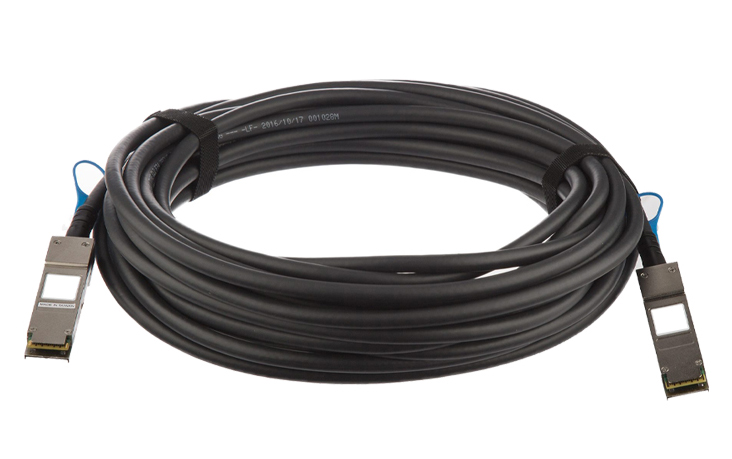
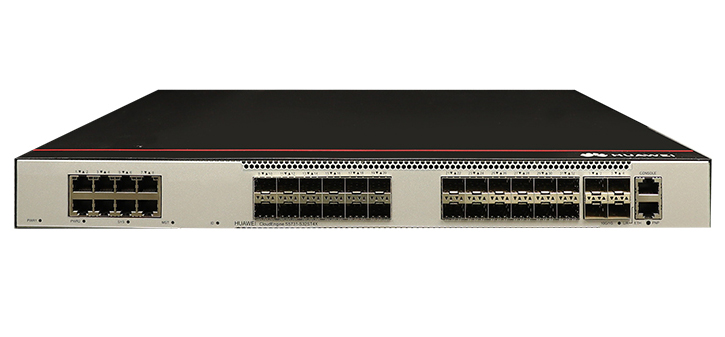








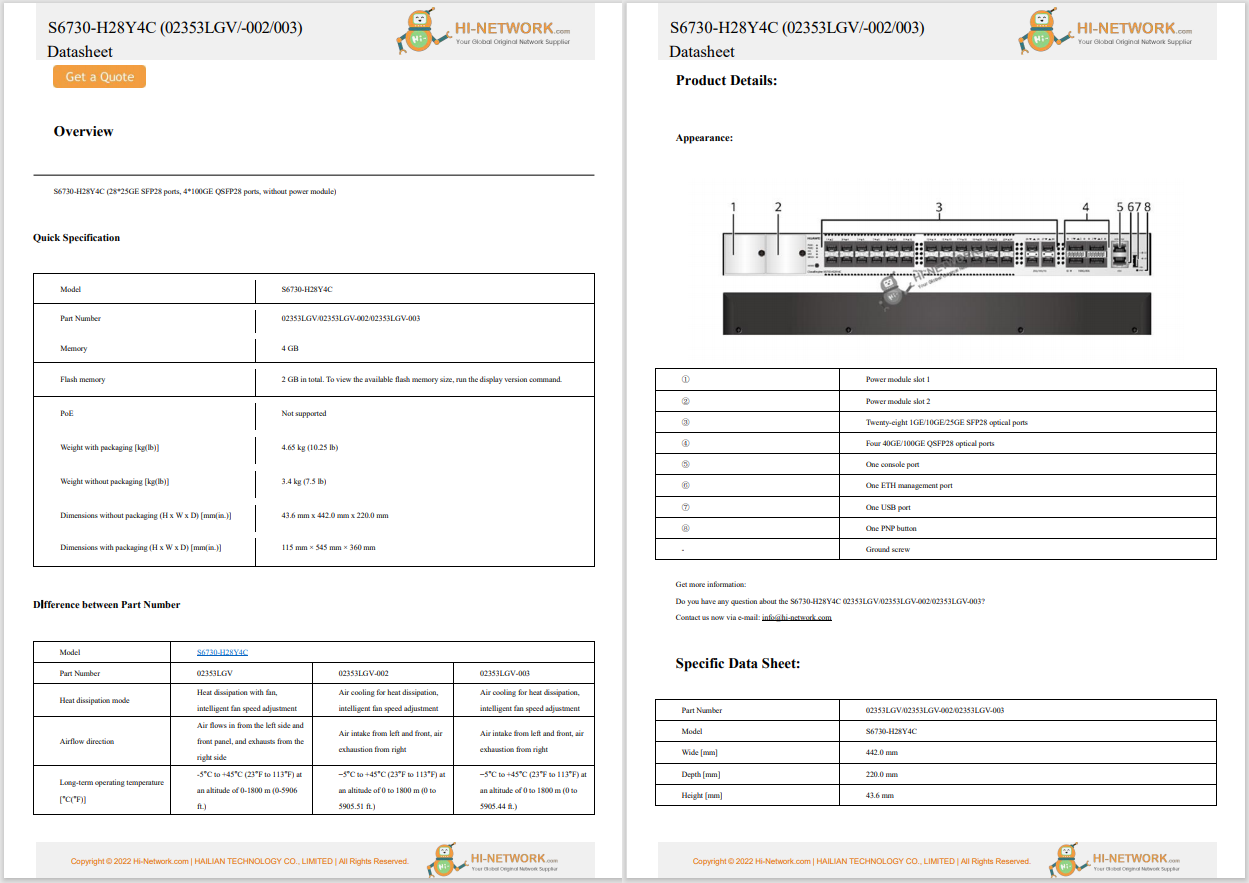

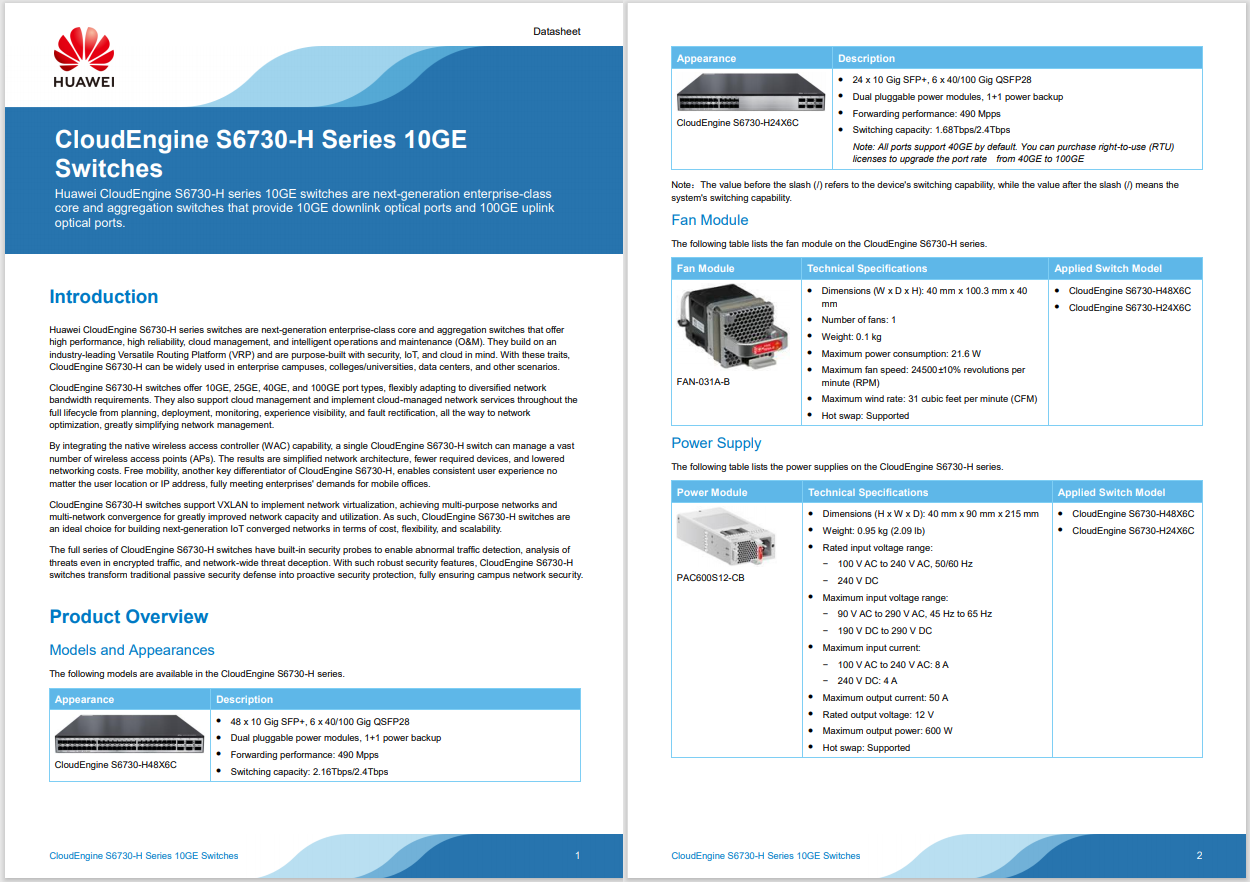
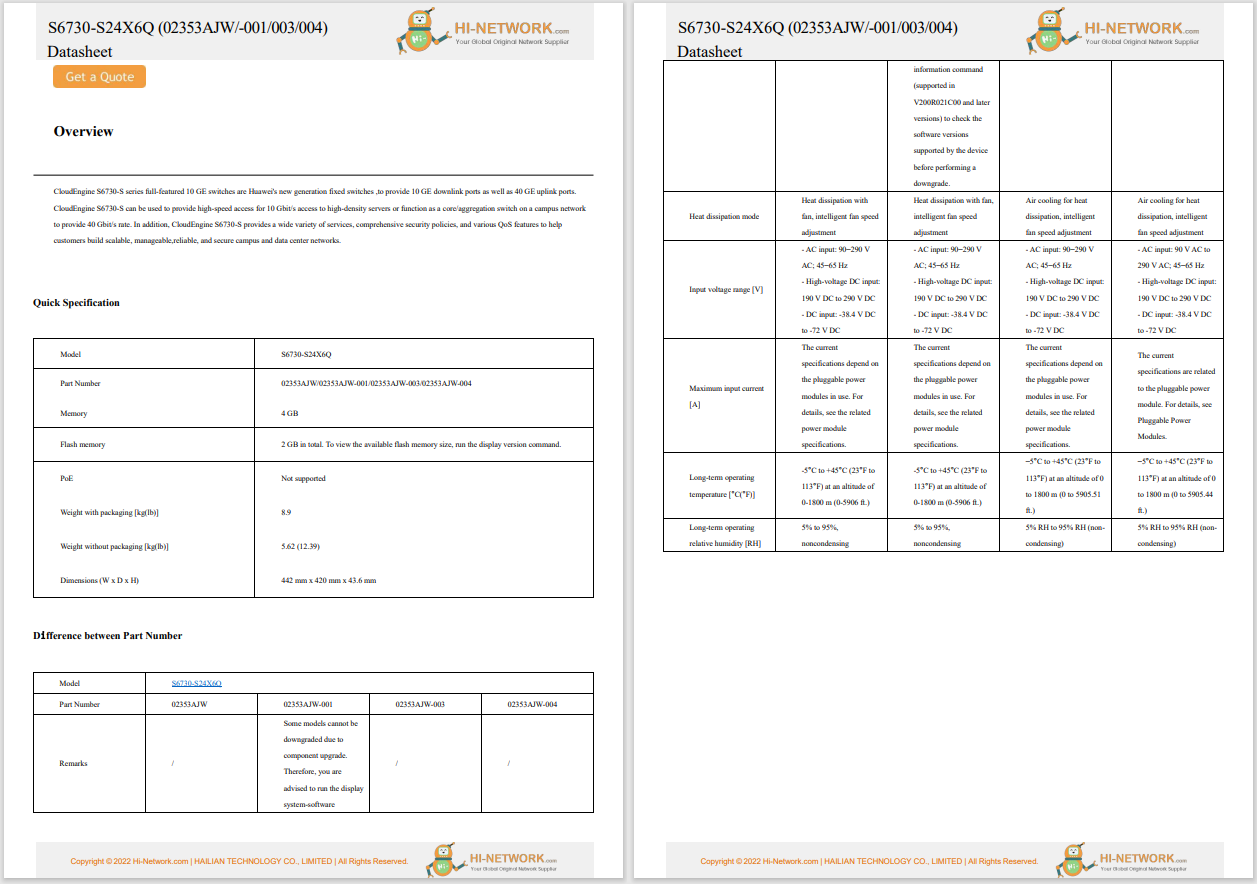

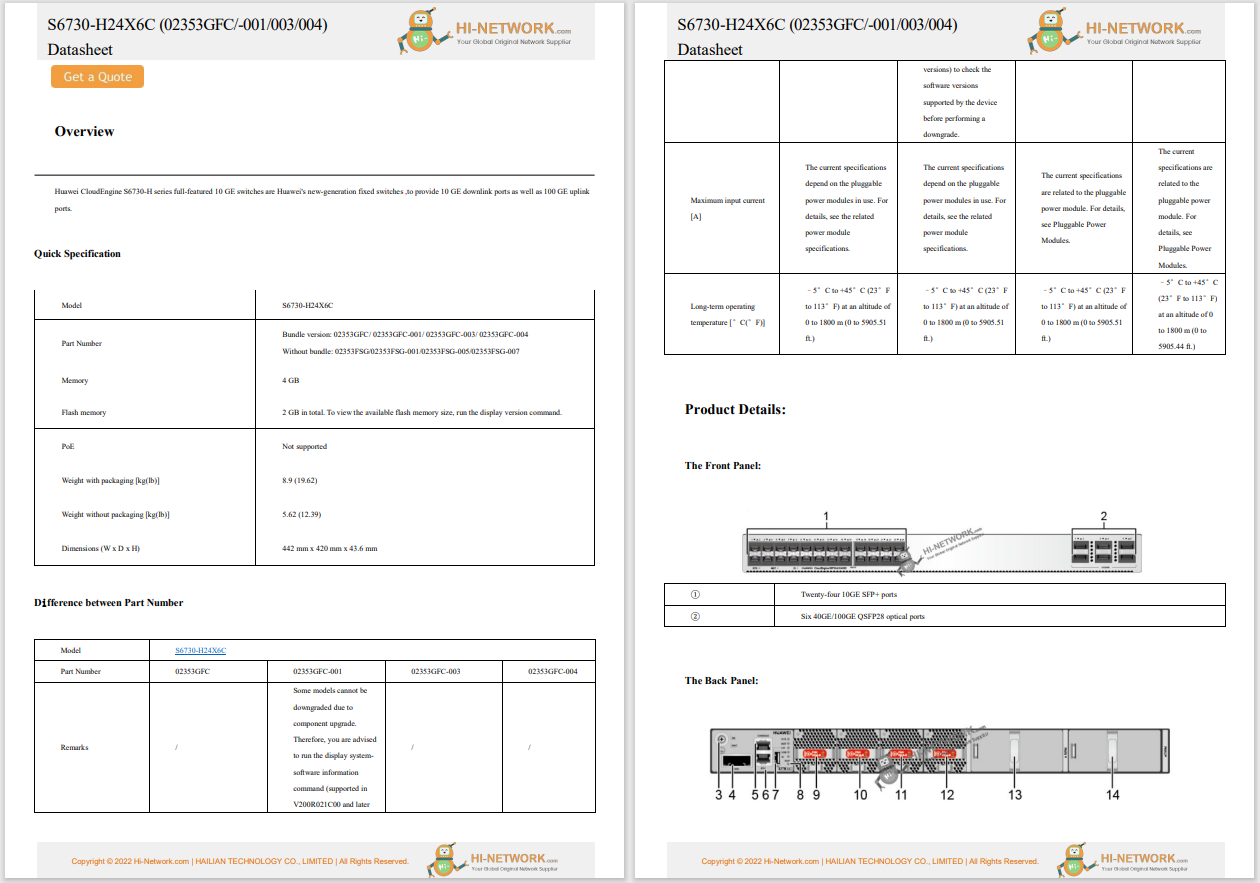

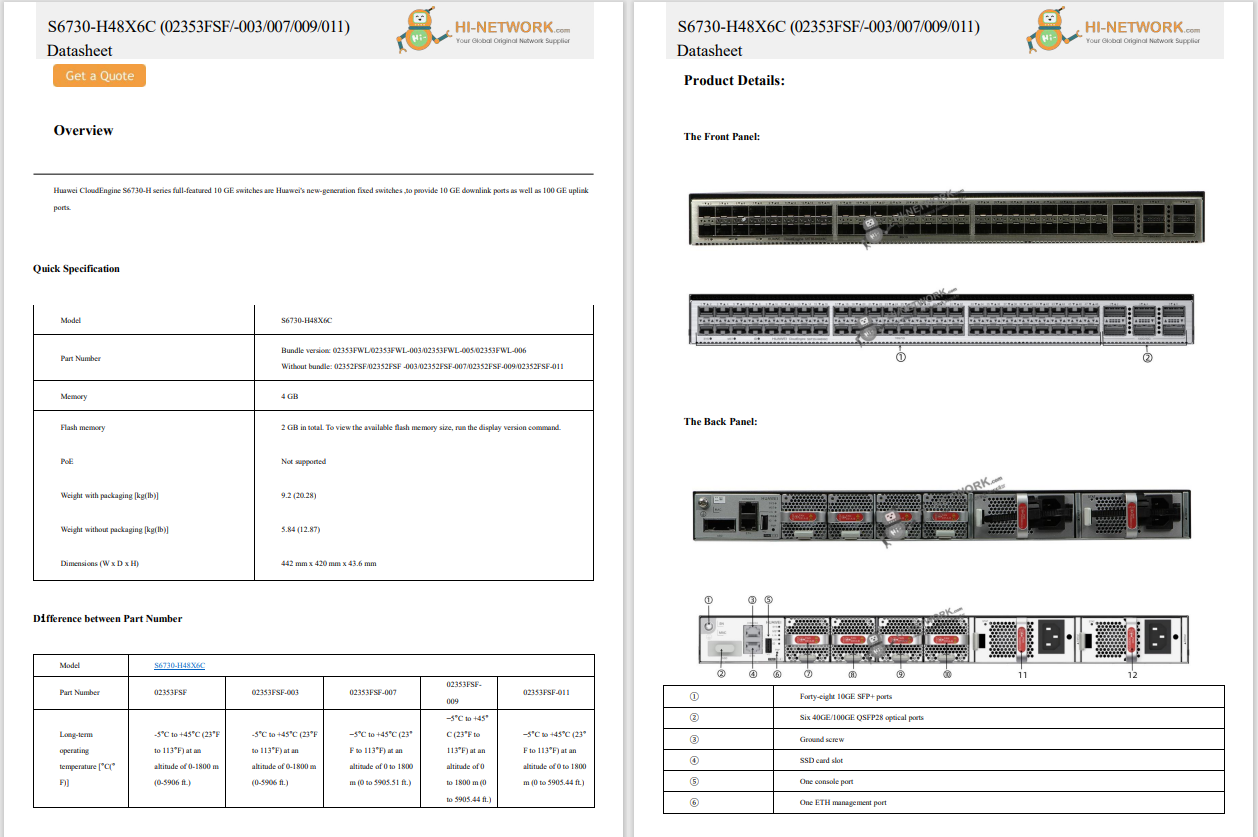









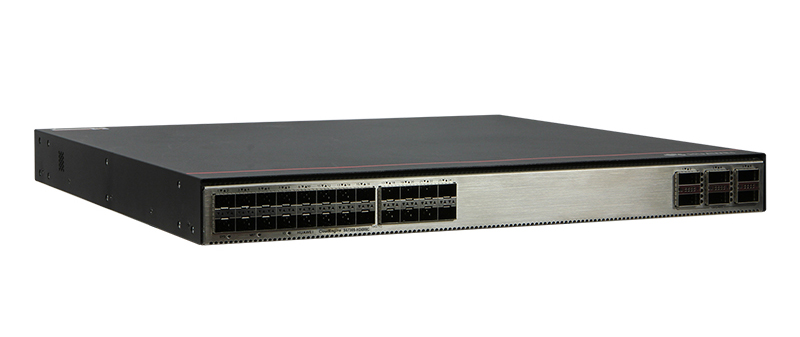



IBM's Quantum CTO, Oliver Dial, predicts that quantum advantage, where quantum computers outperform classical ones on specific tasks, could be achieved within two years.
The milestone is seen as possible due to advances in error mitigation techniques, which enable quantum computers to provide reliable results despite their inherent noise. While full fault-tolerant quantum systems are still years away, IBM's focus on error mitigation could bring real-world results soon.
A key part of IBM's progress is the introduction of the 'Gross code,' a quantum error correction method that drastically reduces the number of physical qubits needed per logical qubit, making the engineering of quantum systems much more feasible.
Dial described this development as a game changer, improving both efficiency and practicality, making quantum systems easier to build and test. The Gross code reduces the need for large, cumbersome arrays of qubits, streamlining the path toward more powerful quantum computers.
Looking ahead, IBM's roadmap outlines ambitious goals, including building a fully error-corrected system with 200 logical qubits by 2029. Dial stressed the importance of flexibility in the roadmap, acknowledging that the path to these goals could shift but would still lead to the achievement of quantum milestones.
The company's commitment to these advancements reflects the dedication of the quantum team, many of whom have been working on the project for over a decade.
Despite the excitement and the challenges that remain, IBM's vision for the future of quantum computing is clear: building the world's first useful quantum computers.
The company's ongoing work in quantum computing continues to capture imaginations, with significant steps being taken towards making these systems a reality in the near future.
 Hot Tags :
Capacity development
Convergence and OTT
Quantum Computing
Hot Tags :
Capacity development
Convergence and OTT
Quantum Computing